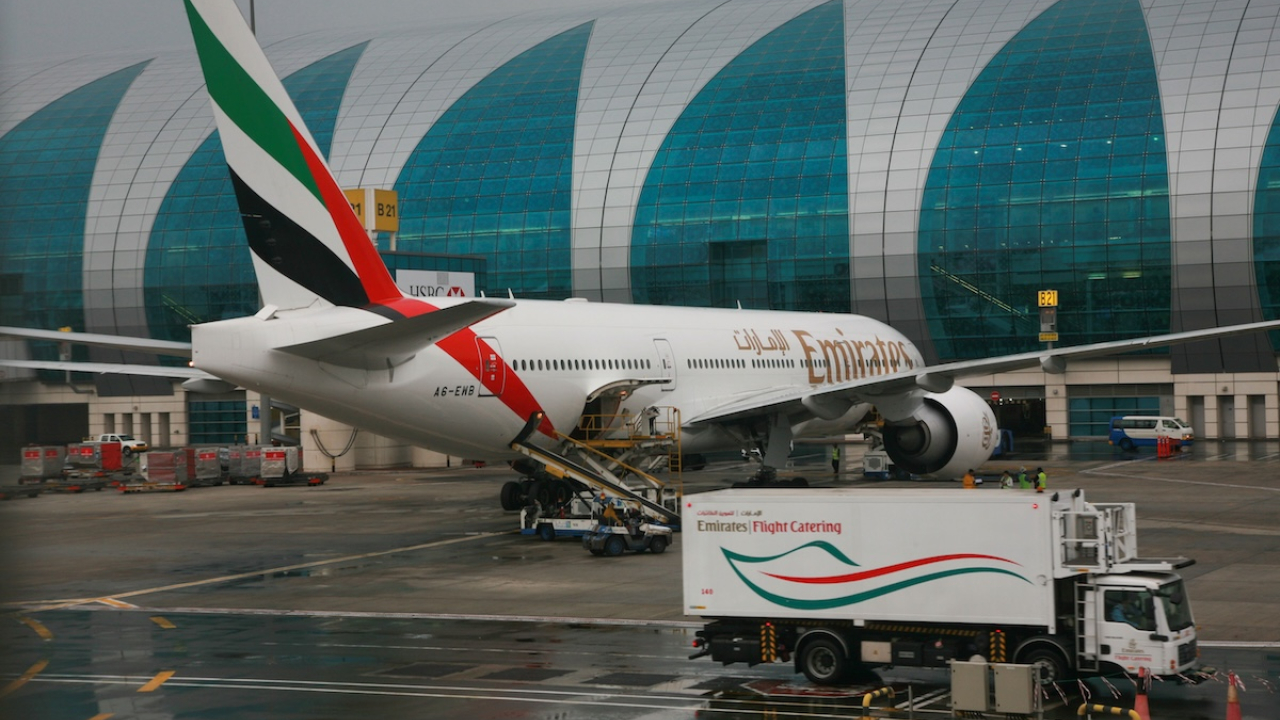Saudi Vision 2030 strengthens the country’s global standing in aviation sector
The General Authority of Civil Aviation (GACA) has said in its 2024 Annual Report for Saudi Vision 2030 that the civil aviation sector has witnessed significant transformations.

GACA President, Abdulaziz Al-Duailej. Image: GACA
GACA President, Abdulaziz Al-Duailej, praised the ‘remarkable progress’ achieved by Saudi Vision 2030 over the past nine years and the realisation of 93% of its targets.
He noted that the civil aviation sector has witnessed significant transformations in the course of Vision 2030, thanks to the unwavering support of the wise leadership, enabling the Kingdom to firmly establish itself as a global aviation hub with a competitive regional and international position.
The President further stated that overall achievement of the Vision’s indicators and initiatives has reached 100%, with Saudi Arabia now ranking 17th globally in the Air Connectivity Index as per the International Air Transport Association (IATA), surpassing the 2024 target by two ranks.
“2024 marked a pivotal milestone in Saudi Arabia’s journey of achievement, with the number of passengers traveling through Saudi airports exceeding 128 million, the number of flights surpassing 905,000, and air cargo volumes exceeding 1.2 million tons. Additionally, Saudi airports and national carriers secured leading positions across multiple international indicators and rankings,” he said.
Al-Duailej explained that the "Localisation of Aviation Jobs" initiative also demonstrated an outstanding performance in 2024, with the employment of 14,317 Saudi men and women—representing 124% of the total target of 11,500 jobs by the end of 2025. The focus remained on specialised, qualitative, and leadership positions across airports, airlines, and ground services. He also highlighted the sector’s notable progress in female empowerment, with the representation of women in leadership positions rising to 17%.
The President highlighted GACA’s launching of a trial air taxi service during the 1445 AH Hajj season, granting of licenses for various innovative aviation technologies, opening of new passenger terminals, and expansion of several regional airports, all in line with Saudi Arabia's adoption of future-oriented solutions and promotion of sustainability in the aviation sector.
“The Kingdom’s civil aviation sector has witnessed substantial progress since the inauguration of the National Aviation Strategy,” added Al-Duailej.
“This includes the privatisation of airports and their transfer to the Airports Holding Company; the unveiling of master plans for King Salman International Airport and the new Abha International Airport; the initiation of the Integrated Logistics Zone in Riyadh (the Kingdom’s first special integrated logistics zone); the second phase of the expansion project at Medinah’s Prince Mohammad bin Abdulaziz International Airport; the opening of Terminal 1 at both Jeddah’s King Abdulaziz International Airport and Taif International Airport; and the expansion and development of terminals at Qassim International Airport, Al-Ahsa International Airport, NEOM Bay Airport, Red Sea International Airport, Arar International Airport, and Al Qaisumah International Airport."
Other recent developments include the launching of Riyadh Air and the signing of purchase agreements for 548 aircraft to date.
Stay up to date
Subscribe to the free Times Aerospace newsletter and receive the latest content every week. We'll never share your email address.

